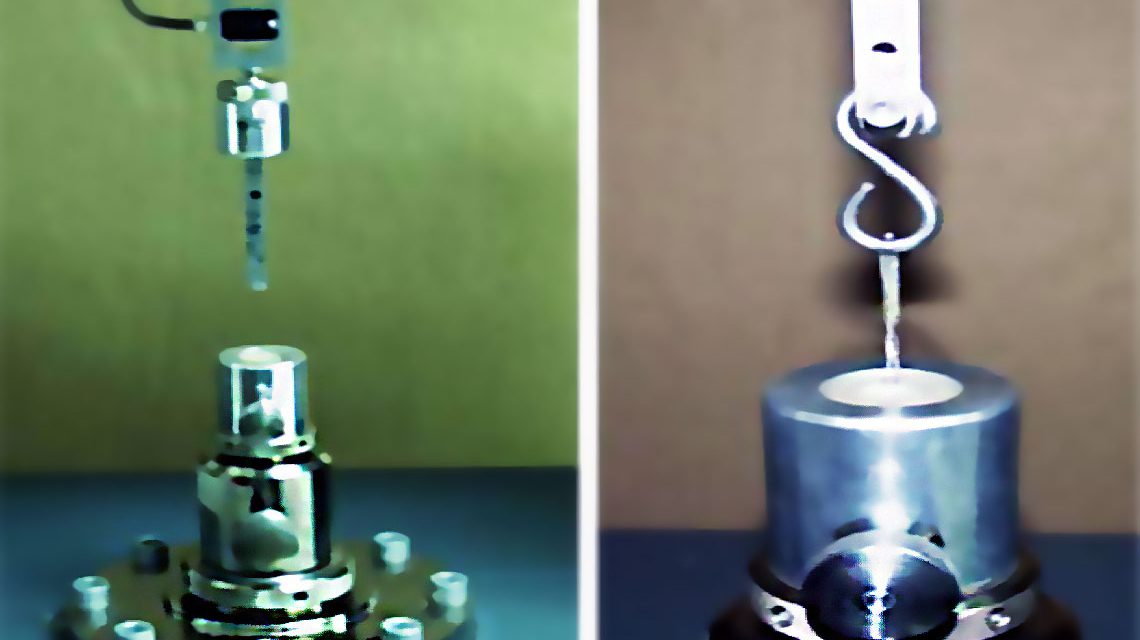OBJECTIVE:
The aim of this study was to evaluate the bond strength between metal brackets and non-glazed ceramic with three different surface treatment methods.
MATERIALS AND METHODS:
Forty-two non-glazed ceramic disks were assigned into three groups. Group I and II specimens were etched with 9.5% hydrofluoric acid. Subsequently in group I, silane and adhesive were applied and in group II, bonding agent was used only. In group III, specimens were treated with 35% phosphoric acid and then silane and adhesive were applied. Brackets were bonded with light-cured composites. The specimens were stored in water in room temperature for 24 hours and then thermocycled 500 times between 5°C and 55°C.
RESULTS:
The difference of tensile bond strength between groups I and III was not significant (P=0.999). However, the tensile bond strength of group II was significantly lower than groups I, and III (P<0.001). The adhesive remnant index scores between the three groups had statistically significant differences (P<0.001).
CONCLUSION:
With the application of scotch bond multi-purpose plus adhesive, we can use phosphoric acid instead of hydrofluoric acid for bonding brackets to non-glazed ceramic restorations.
- PMCID: PMC3184746



